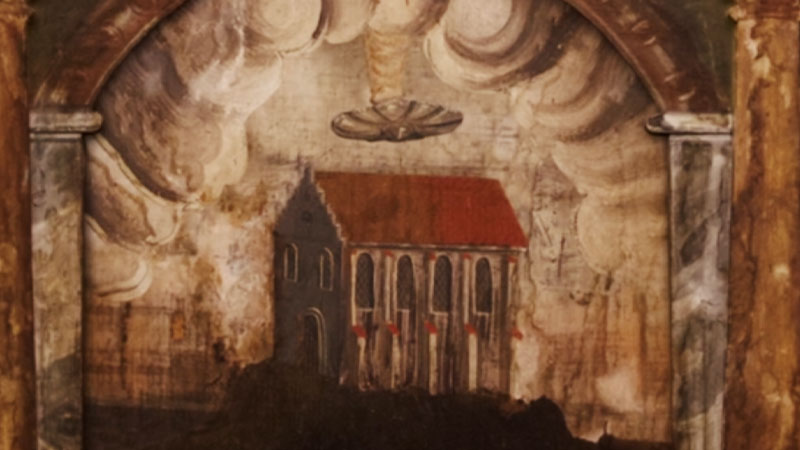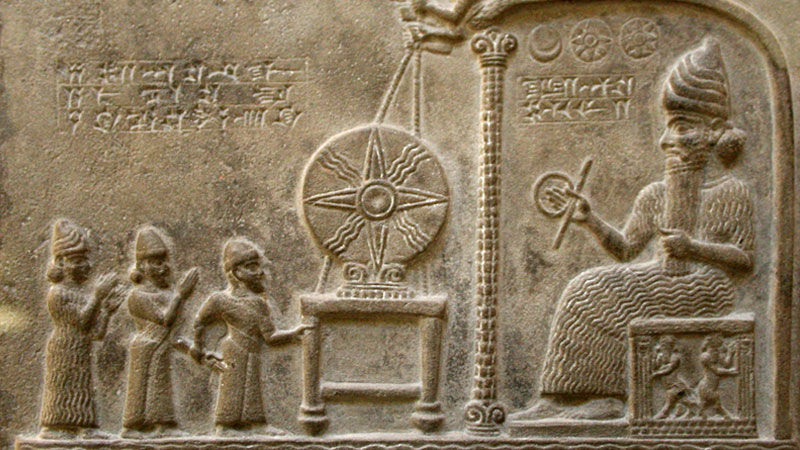
Sumerian astronomy was extremely advanced. Their observatories were able to obtain lunar cycle calculations that differed only 0.4 seconds from our current calculations.
It was also found, on the hill of Kuyundjick, the ancient Nineveh, a calculation with an impressive 15 decimal places, with a final result equal to 195,955,200,000,000. The Greeks, at the height of their knowledge, dared not exceed the number 10,000, considering everything that passed of this value as infinite.
In the city of Nipur, 150 kilometers from Baghdad, an entire Sumerian library was found, containing about 60,000 clay plates with cuneiform inscriptions.
Its clay tablets contain precious information about the Solar System. Most impressive are the data on Pluto, a planet only rediscovered in 1930.
They possessed knowledge of Pluto’s size, chemical and physical compositions and claimed that this was actually a Saturn satellite that “came out” and gained new orbit.
The Moon was called the “lead pot” and they said its core was made of iron. During the Apollo program, NASA confirmed this data.
Advanced Ages
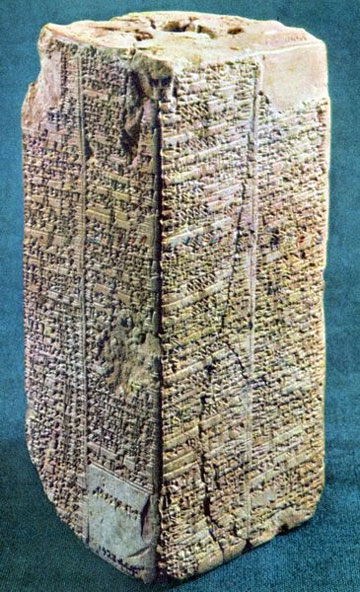
The List of Sumerian Kings begins with the very origin of royalty, which is seen and narrated as a divine institution: “royalty has descended from heaven”. The rulers in the early dynasties are represented as governing fantastically for long periods:
“After the royalty came down from heaven, the kingdom was in Eridu. In Eridu, Alulim became king; he ruled for 28,800 years. Alaljar ruled for 36,000 years. There were two kings; who ruled for 64,800 years.”
Some of the rulers mentioned in the list at the beginning, such as Etana, Lugal-Banda and Gilgamesh, are “mythical or legendary figures” whose heroic exploits are the theme of a series of Sumerian tales and Babylonian narrative compositions.
The names on the list of the first eight kings are presented governing for a total period of 241,200 years of reign, or 67 Shars, which are orbits of Nibiru, from the moment the royals “descended from the heavens” to the moment the Flood swept the Earth in 10,986 BC, about 13, 000 years ago, and once again when “royalty was lowered from heaven to Earth” after the Flood.
The Great Flood According to the Sumerians: Extraterrestrial Influence?
A Sumerian cuneiform says: “And then came the flood and after the flood the royals again descended once more from heaven…”
This excerpt, from one of the plates found, is part of the oldest description of the flood we know of. Older than Gilgamesh’s epic poem.
In the oldest of the plates to date found, the “Noah” of the Sumerians called Ziusudra, lived in Shuruppak and built his ark there. The Sumerians were building towers, pyramids and houses over the centuries in comfort for their “gods” to whom they offered sacrifices while awaiting their return, and every hundred years they returned.
Is it possible that extraterrestrial beings had descended into this region of the Earth, passed some of their knowledge to the Sumerians and from time to time came back to know how their “pupils” were? This would explain the fantastic life of the Sumerians kings and their incredible technology.
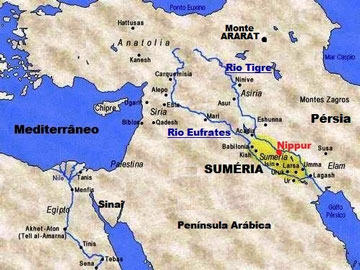
In the translation of the Sumerian clay plates found, it is said that the Earth originated extraterrestrially, through the collision of two celestial bodies. Part of the wreckage fell here and in the other celestial body called Nibiru.
The Sumerians believed that their gods came from this planet, “The 12th Planet”, which completes an orbit to the Sun every 3,600 years.
History also says that after 35 million years, Nibiru was in danger of ending completely, so, as Earth was the only planet with favorable conditions for its survival, they made genetic mixtures between primates and their species.
This same story tells that these were giant humanoid beings who, over time, mingled with humans, thus generating new races and ethnicities: the “sons of the gods”.
These platelets also contain warnings from extraterrestrials about the calamities the planet would go through. According to these warnings, the planet Nibiru would pass very close to Earth, causing the gravitational pull of the two planets to cause a cataclysm.
Investigating Sumerian mythology and some platelets and Acaric paintings, we have that the Sumerian “gods” had no human form, and the symbol of each of the gods was invariably attached to a star. In the Acadic paintings, the stars are reproduced just as we would draw today.
The unique thing, however, is that these stars are surrounded by planets of various sizes. How could the Sumerians know that the stars possessed planets?
The Sumerian Gods
The Sumerian gods corresponded to stars and planets. His supreme god, Marduk (Mars), according to what is known, had built in his honor, a statue in pure gold, of eight hundred talents of weight, this corresponds to 24 tons of pure gold.
Ninurta (Syrian) was the judge of the Universe. He pronounced sentences on mortals. There are signs with inscriptions addressed to Mars, Syria and the Pleiades.
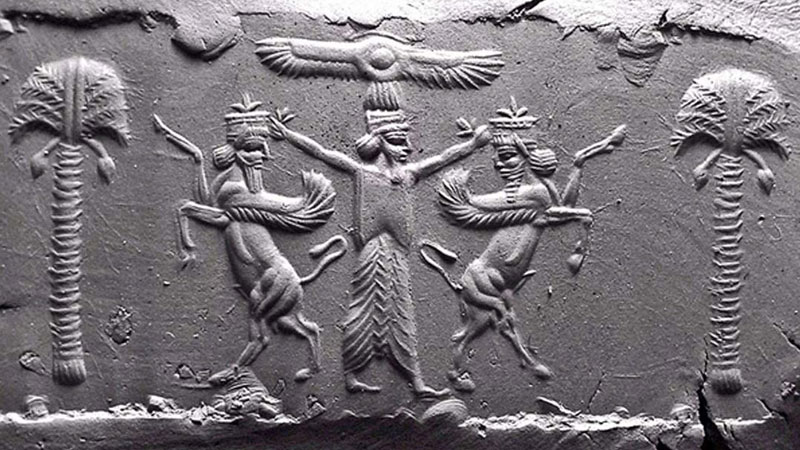
Their descriptions of the weapons used by these gods to fight enemies, date back to the atomic bomb! Drawings and even a make-up of a residence resembling a prefabricated, round and cumbleded anti-nuclear shelter with a single strangely framed entrance were found.
Curiosities Found in the Lands of the Sumerios:
- In Geoy Tepe, spiral drawings, a rarity for 6,000 years;
- In Gar Kobeh, a flint industry, which is attributed to 4,000 years old;
- In Baradostian, identical findings with a probable age of 30,000 years;
- In Tepe Asiab, figures, tombs and stone instruments dating back more than 13,000 years;
- Petrified excrement of unknown (non-human) was found at the same site;
- In Karim Schair were found buris and other tools;
- In Barda Balka, tools and flint weapons were dug up;
- In schandiar cave, skeletons of adult men and a child were found, dating back about 47,000 years, according to an assessment carried out by the Carbon 14 process.




















